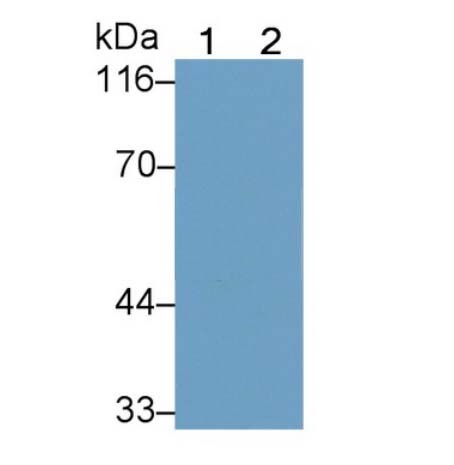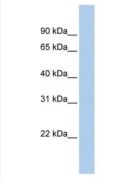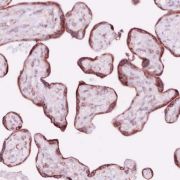抗体 >> 其他抗体
硬脂酰辅酶A去饱和酶5抗体
产品介绍 靶标: SCD5 产品别名: ACOD4; DFNA79; FADS4; HSCD5; SCD2; SCD4; SCD5; stearoyl-CoA desaturase 5; stearoyl-CoA desaturase 5; stearoyl-CoA desaturase 5; acyl-CoA-desaturase 4; stearoyl-CoA 9-desaturase; stearoyl-CoA desaturase 2; stearoyl-CoA desaturase 4; 硬脂酰辅酶A去饱和酶5; 背景信息: Stearoyl-CoA desaturase (SCD; EC 1.14.99.5) is an integral membrane protein of the endoplasmic reticulum that catalyzes the formation of monounsaturated fatty acids from saturated fatty acids. SCD may be a key regulator of energy metabolism with a role in obesity and dislipidemia. Four SCD isoforms, Scd1 through Scd4, have been identified in mouse. In contrast, only 2 SCD isoforms, SCD1 (MIM 604031) and SCD5, have been identified in human. SCD1 shares about 85% amino acid identity with all 4 mouse SCD isoforms, as well as with rat Scd1 and Scd2. In contrast, SCD5 shares limited homology with the rodent SCDs and appears to be unique to primates (Wang et al., 2005 [PubMed 15907797]).[supplied by OMIM, Mar 2008] 宿主:Rbt |
相关产品
|









